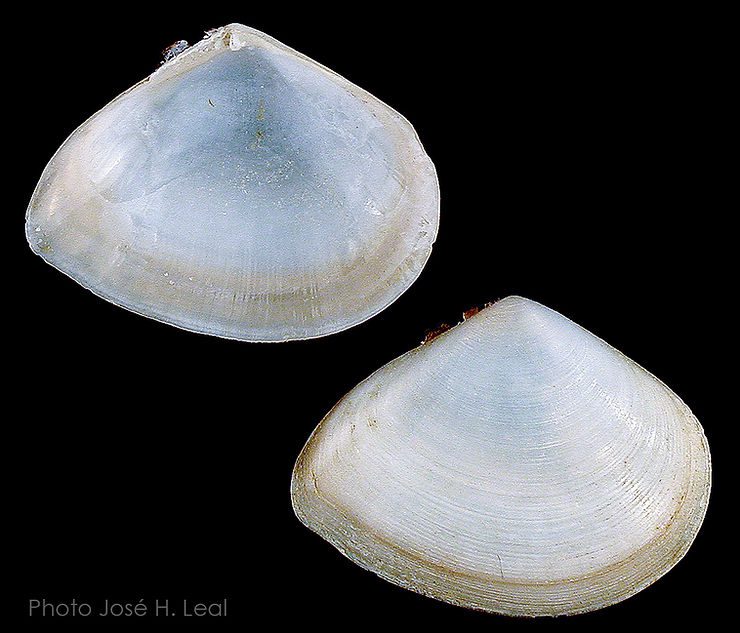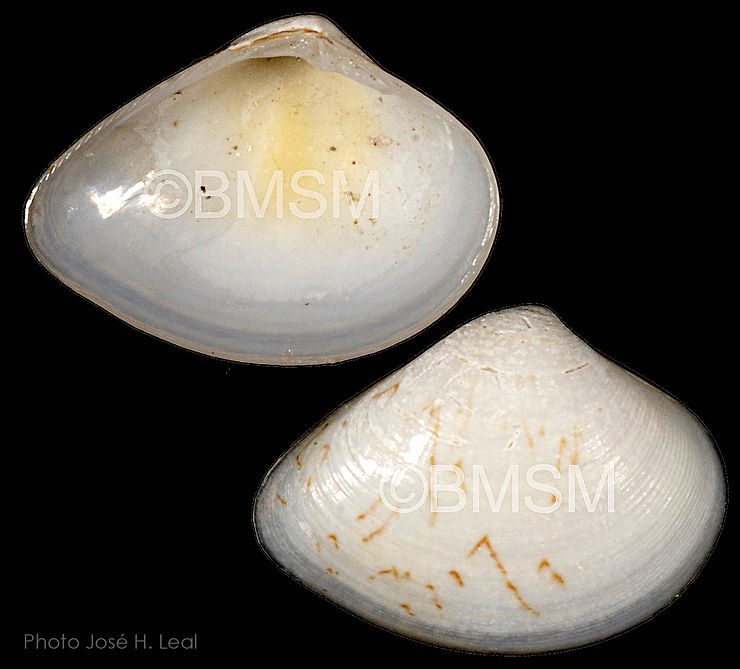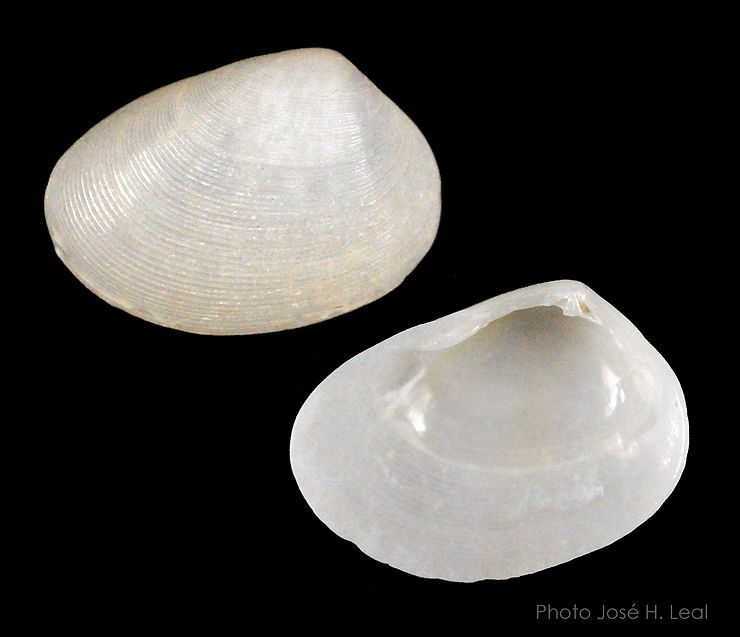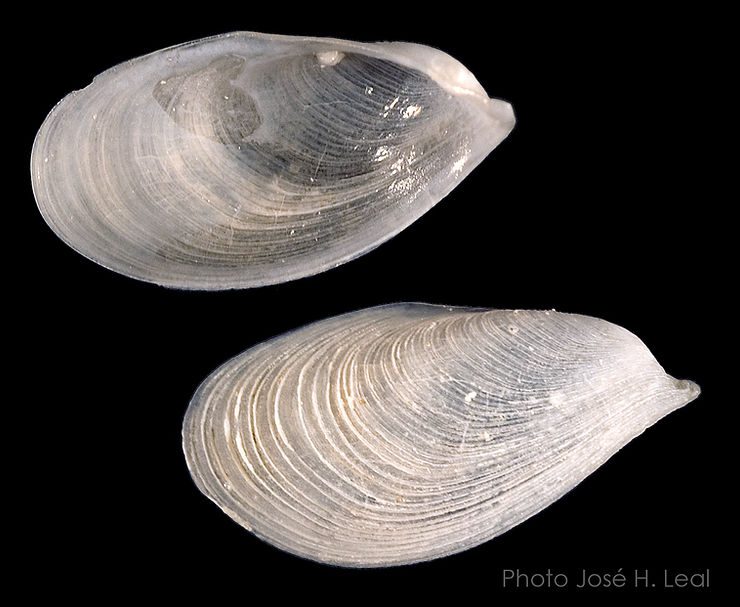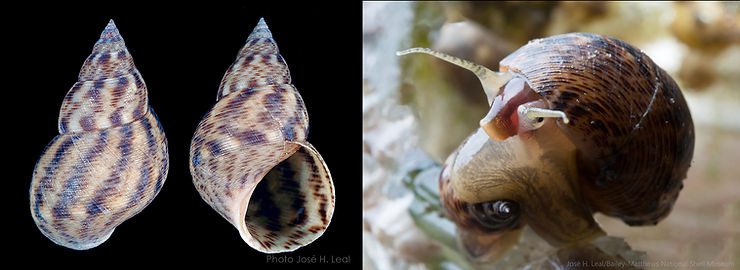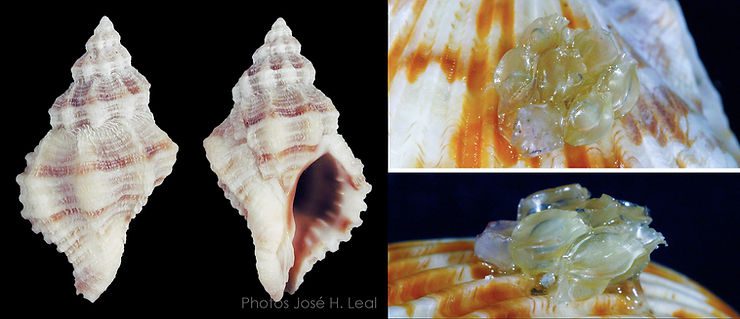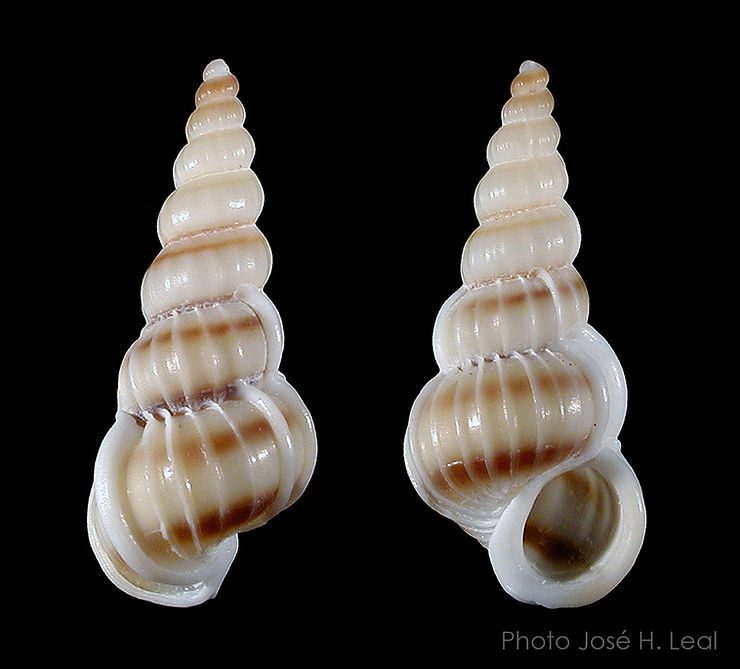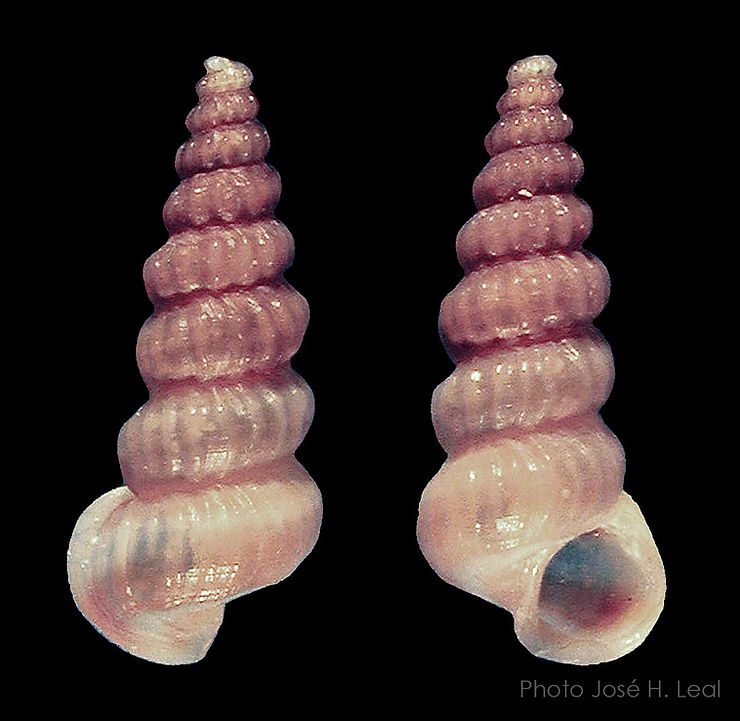
The Costate Horn Snail
The Costate Horn Snail, Cerithideopsis costata (E.M. da Costa, 1778) is the smaller "sister" to the larger Ladder Horn Snail, Cerithideopsis scalariformis (say, 1825), a species covered in this column on January 13, 2017. Costate Horn Snails may grow to be a little more than 0.5 inch in length. The two species are the only local members of the Horn Snail family Potamididae, a group of marine snails highly adapted to living in brackish waters. Accordingly, the Costate Horn Snail is most commonly
